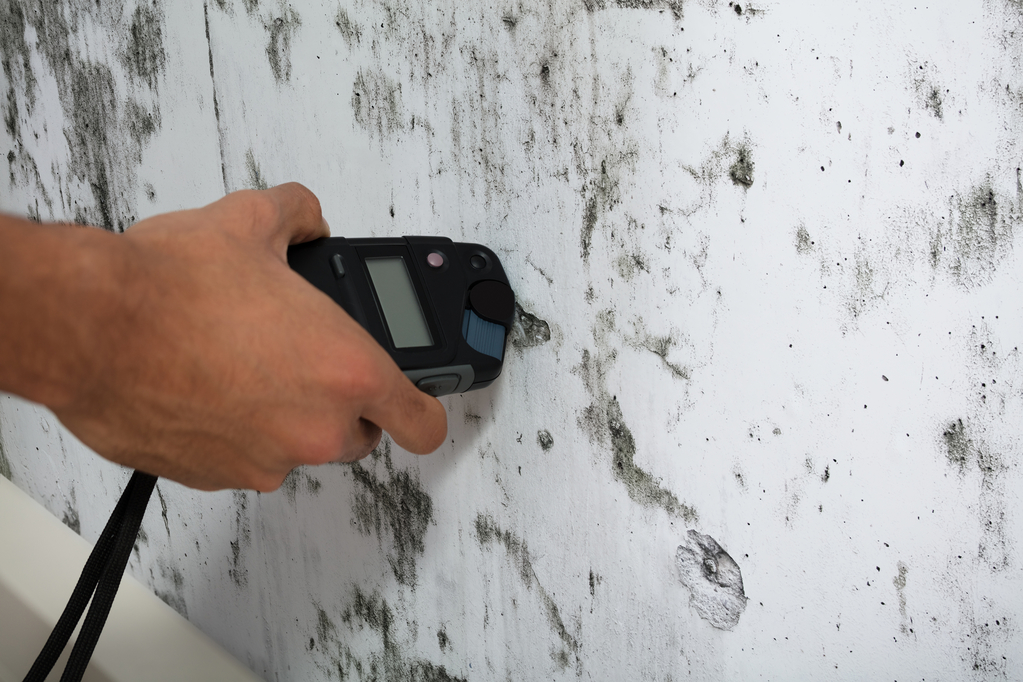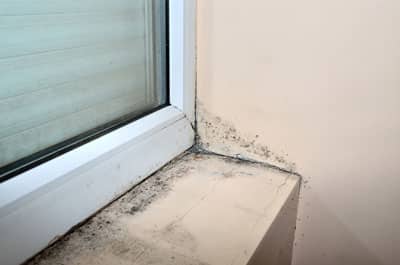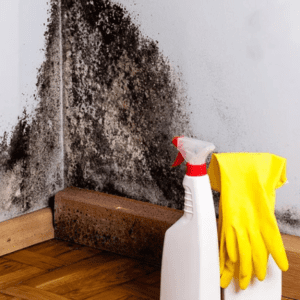Essential Steps After Mold Remediation
Essential Steps After Mold Remediation
Blog Article
Your Ultimate Overview to Blog Post Mold And Mildew Removal Techniques
In the results of mold infestation, understanding how to successfully eliminate the mold and avoid its reoccurrence is extremely important for keeping a healthy and balanced interior setting. From selecting the right cleansing and sanitizing methods to executing approaches for long-term mold and mildew prevention, each action in the removal trip plays an important role in making sure an effective outcome.
Comprehending Post-Mold Remediation Refine
After completing the mold removal procedure, it is crucial to understand the post-mold remediation strategies that are essential to guarantee a efficient and comprehensive clean-up. When the mold has been gotten rid of, the next action entails cleansing and sanitizing the affected locations to avoid any regrowth of mold.
Additionally, conducting a final evaluation post-remediation is important to guarantee that all mold has been successfully eradicated. This assessment must entail an extensive visual check as well as potentially air tasting to verify the lack of mold spores in the air. Added removal may be required if the inspection exposes any kind of remaining mold. Last but not least, informing occupants on safety nets such as controlling moisture degrees and promptly addressing any kind of water leaks can assist keep a mold-free setting.
Efficient Cleaning Up and Disinfecting Approaches

Protecting Against Future Mold And Mildew Development

Relevance of Appropriate Ventilation
Correct air flow plays a critical duty in avoiding moisture build-up, a key factor in mold and mildew growth that site within interior environments. Reliable ventilation systems aid eliminate excess humidity from the air, decreasing the opportunities of mold spores finding the dampness they require to spread and germinate. Without adequate ventilation, interior rooms can end up being a breeding ground for mold and mildew, causing prospective wellness dangers and structural damages.
By making certain correct air blood circulation, air flow systems can likewise assist in drying out moist areas faster after water damage or flooding occurrences, better discouraging mold growth. what to do after mold remediation. In areas like washrooms, cellars, attics, and kitchens where moisture levels have a tendency to be higher, mounting and preserving efficient air flow systems is essential in stopping mold and mildew invasions

Surveillance and Maintenance Tips
Offered the critical role that appropriate ventilation plays in stopping mold development, it is important to develop efficient monitoring and upkeep pointers to make sure the ongoing performance of air flow systems. Tracking humidity degrees within the residential or commercial property is likewise vital, as high moisture can add to mold and mildew growth. By staying positive and attentive to the problem of air flow systems, building owners can efficiently alleviate the threat of mold and mildew regrowth and keep a healthy and balanced indoor setting.
Conclusion
Finally, post-mold remediation methods are important for making sure a safe and tidy atmosphere. Comprehending the process, carrying out efficient cleansing and decontaminating methods, protecting against future mold and mildew development, preserving proper air flow, and regular monitoring are all important action in the remediation process. By following these standards, you can successfully get rid of mold and prevent its return, advertising a healthy and balanced living or working room for all remove mold vinegar passengers.
In the results of mold and mildew problem, knowing how to effectively eliminate the mold and stop its reoccurrence is extremely important for preserving a healthy interior setting. As soon as the mold has been eliminated, the following step involves cleansing and disinfecting the affected areas to avoid any regrowth of mold - Post Mold Remediation Report. After removing noticeable mold and mildew development, it is crucial to clean all surface areas in the afflicted area to remove any continuing to be mold spores. To additionally improve mold prevention procedures, it is necessary to deal with underlying problems that initially led to mold and mildew growth.Provided the essential function that appropriate ventilation plays in protecting against mold and mildew development, it is critical to establish reliable monitoring and maintenance pointers to make sure the continued capability of air flow systems
Report this page